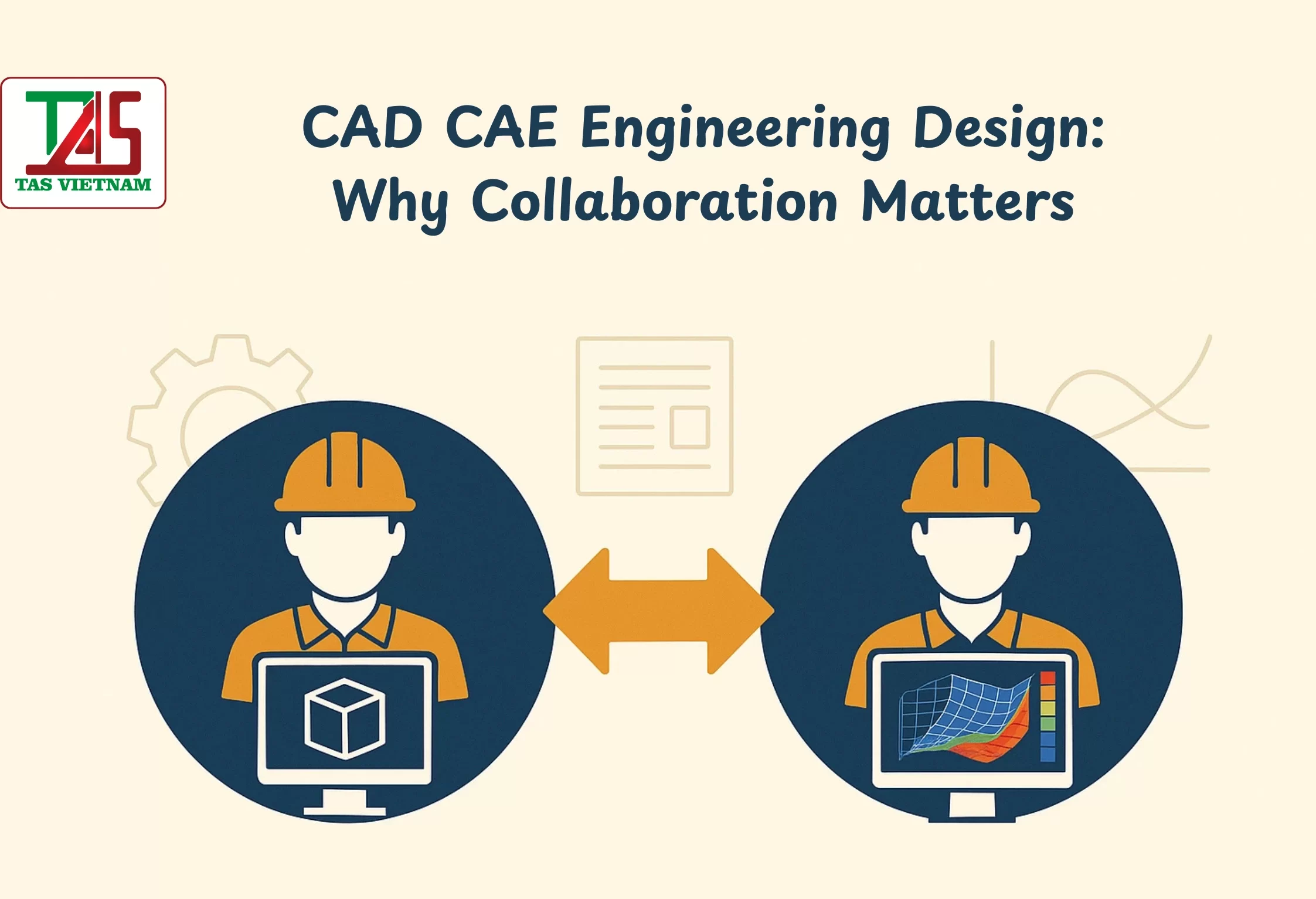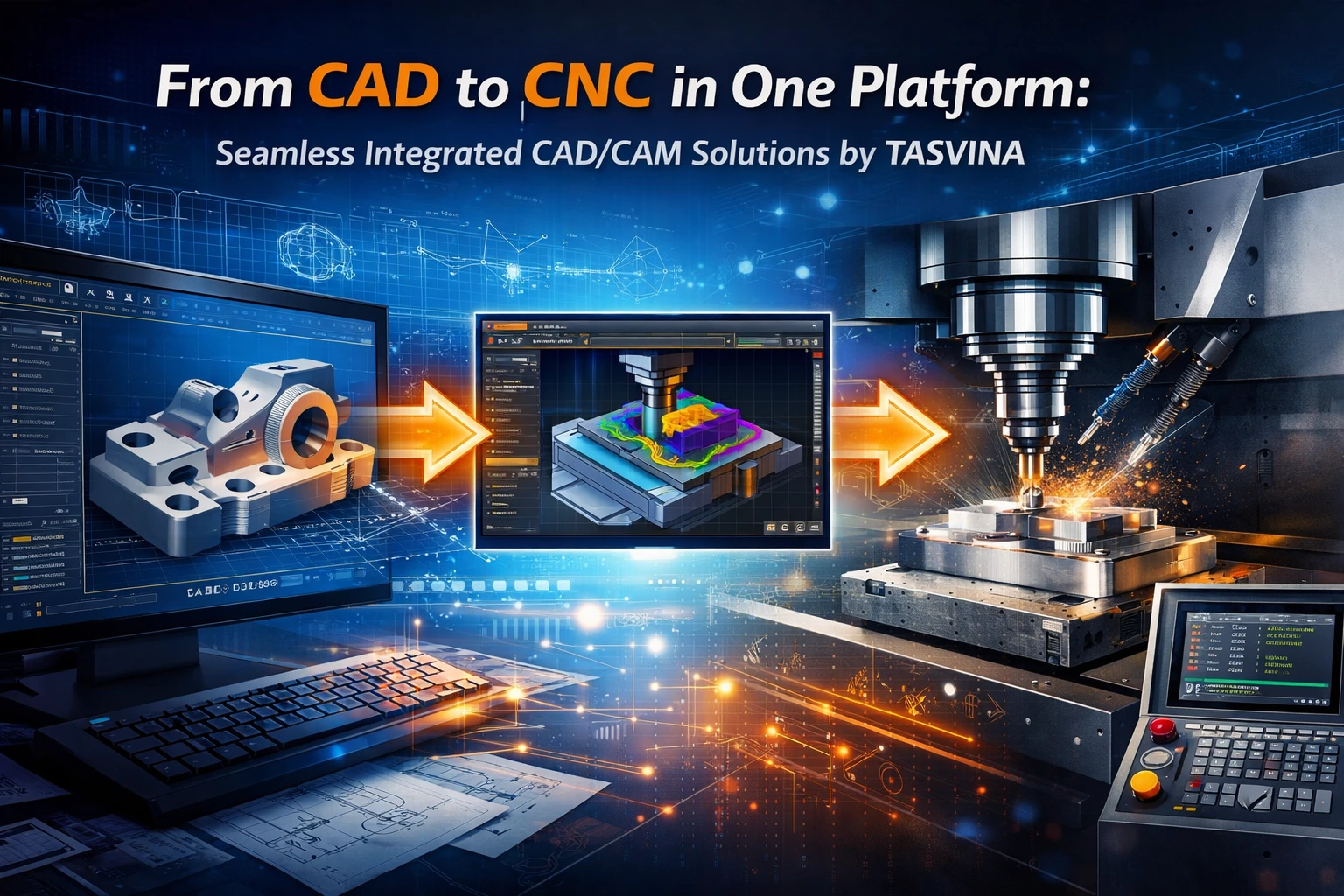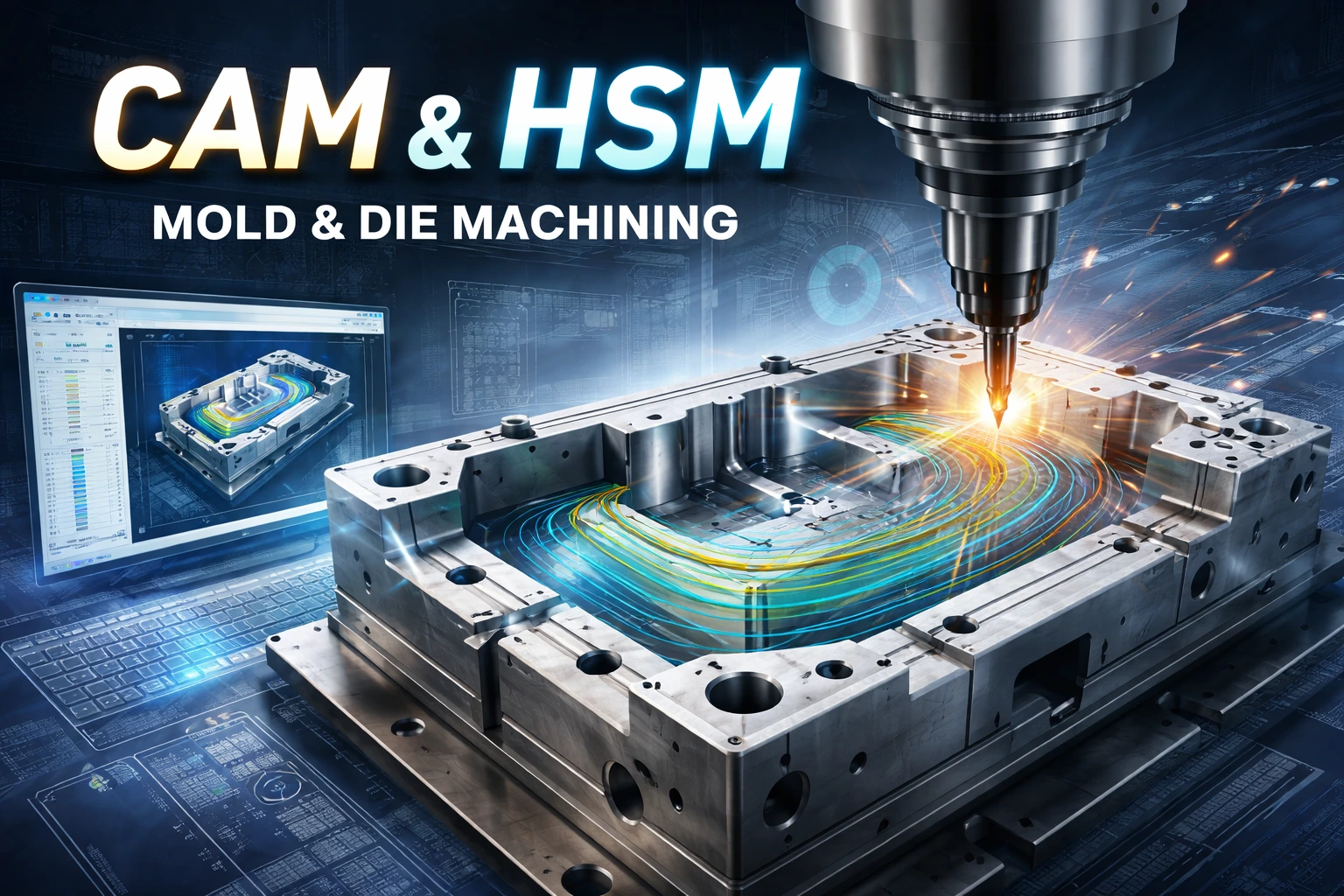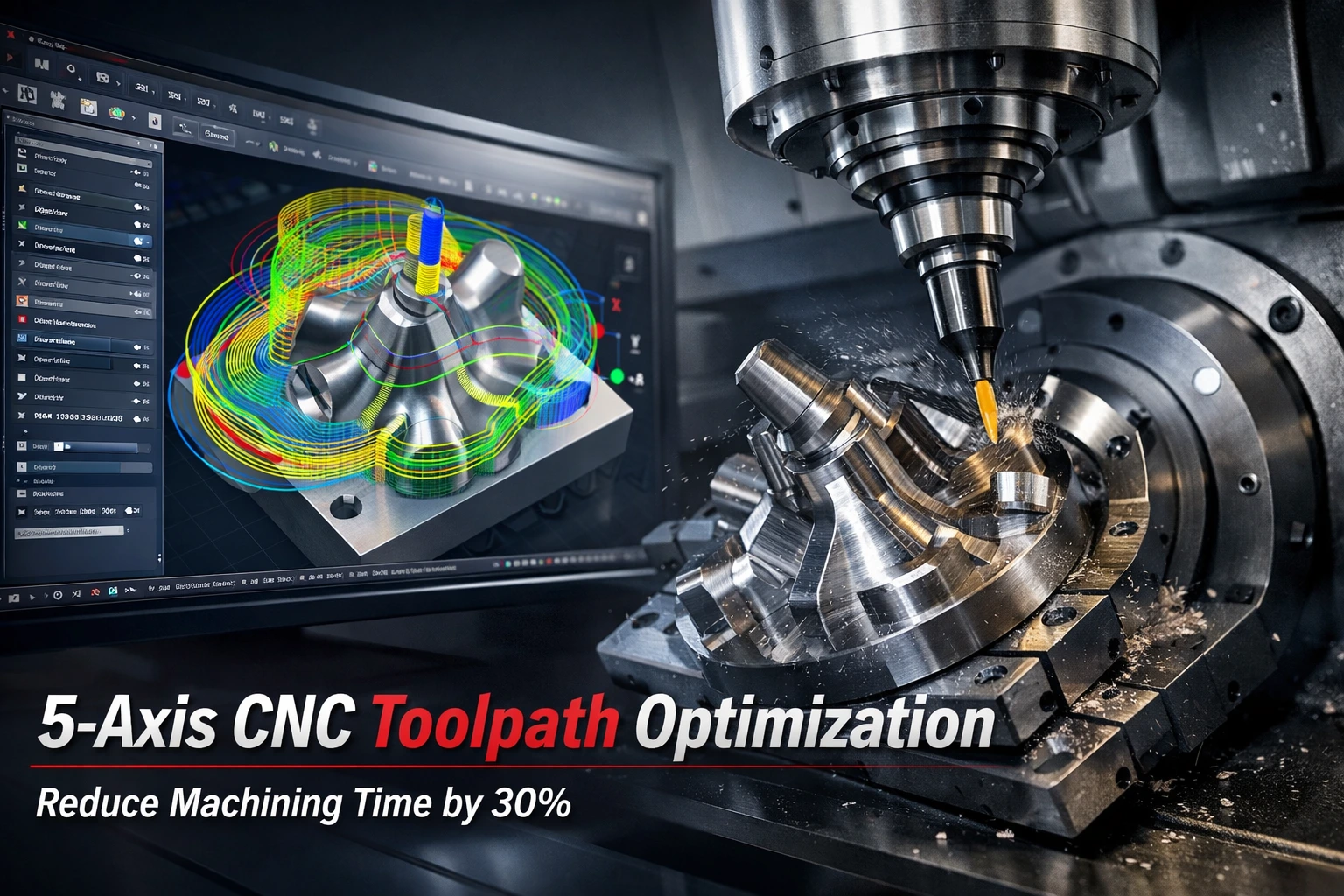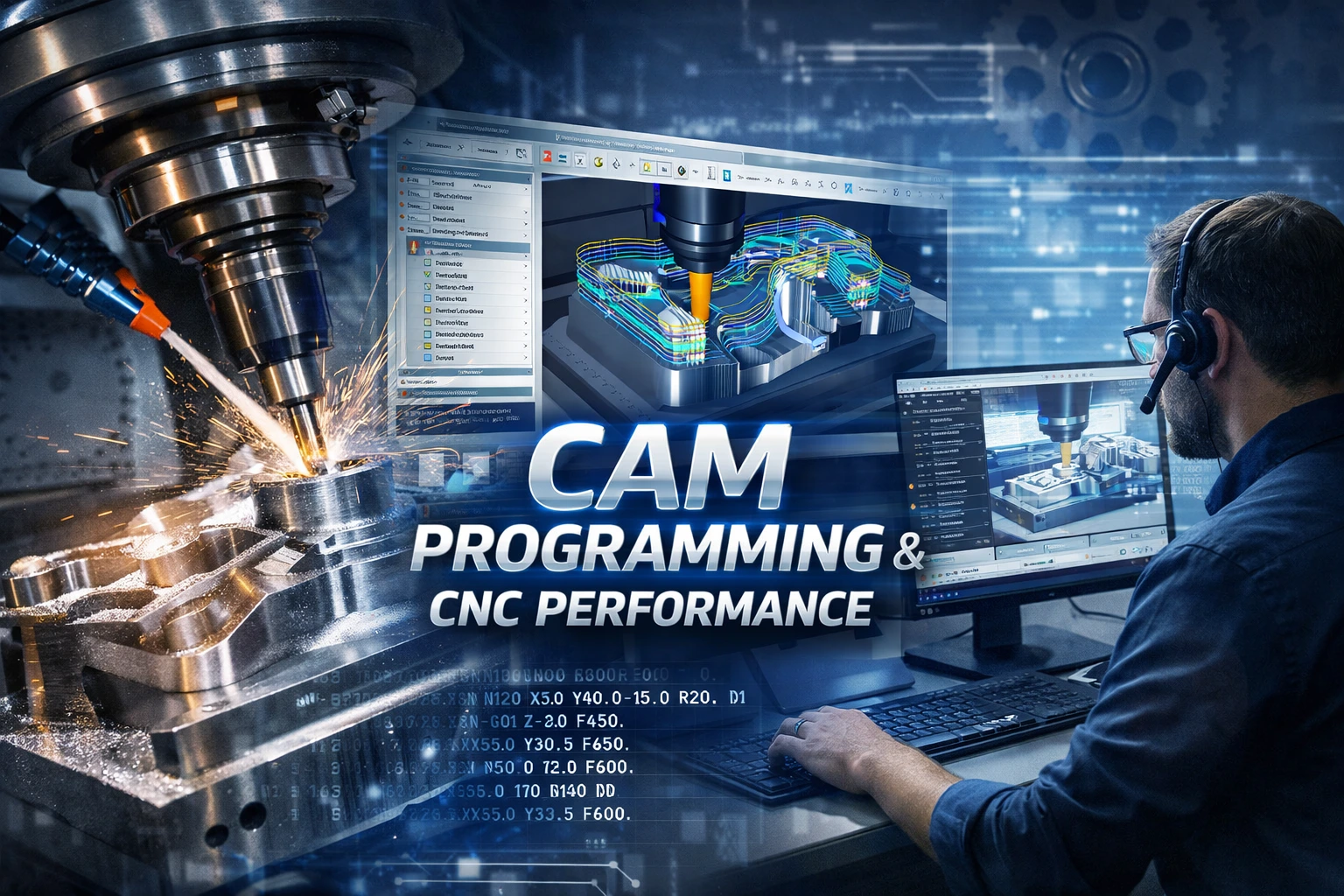Introduction
In today’s digital engineering era, CAD (Computer-Aided Design) and CAE (Computer-Aided Engineering) have become two essential pillars of product development.
Many organizations still treat them as separate stages – one designs, the other simulates.
In fact, tight collaboration between CAD and CAE teams is the key to achieving faster development, lower costs, and higher-quality products.
1. CAD and CAE – Two parts of one process
CAD creates precise 3D geometry and structural data, while CAE validates those designs through simulations such as stress, vibration, heat transfer, and fluid dynamics.
Together, they allow engineers to:
- Detect design flaws early;
- Optimize material and weight;
- Reduce prototype costs;
- Ensure compliance with safety and quality standards.
2. The power of early CAD–CAE collaboration
Traditional workflows often delay simulation until after design completion, leading to costly rework.
When both teams collaborate from the start:
- CAD models are created with simulation in mind;
- CAE engineers provide early feedback;
- The R&D timeline can be shortened by up to 50%;
- Time-to-market is significantly improved.
3. Integrated design trend
Global companies are adopting integrated CAD–CAE–CAM platforms (CATIA, Siemens NX, ANSYS, SolidWorks Simulation, etc.) to unify data and improve collaboration.
This integration eliminates data conversion errors, improves real-time teamwork, and drives faster innovation.
4. TASVINA’s engineering synergy
At TASVINA, we bridge the gap between design and simulation through Concurrent Engineering.
Our engineers:
- Collaborate with global partners under international standards;
- Use multi-platform CAD and CAE tools (CATIA, NX, ANSYS, Abaqus…);
- Deliver optimized, reliable, and cost-effective engineering solutions.
The result: shorter project timelines, higher accuracy, and stronger global competitiveness.
5. The future: AI-driven design and simulation
As AI becomes integrated into design software, CAD and CAE will merge more closely.
Intelligent systems will automatically optimize geometry, predict failures, and adapt in real time.
Organizations that embrace this transformation will lead the future of digital engineering.
Conclusion
The synergy between CAD and CAE teams is not just beneficial—it is essential.
By combining creativity and analysis from the start, companies can reduce costs, accelerate innovation, and deliver superior products.
✅ TASVINA – Engineering Solutions that Connect Design and Simulation
🌐 https://tasvina.com/en




